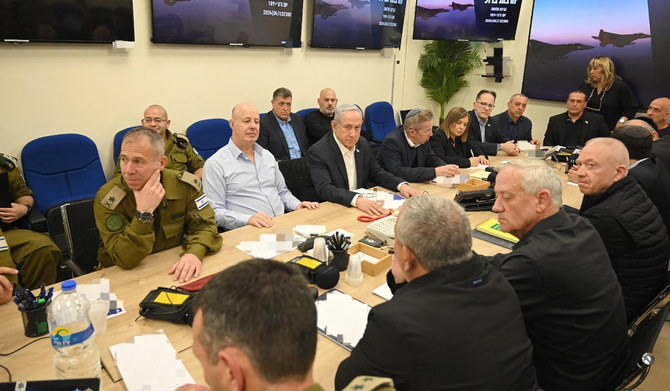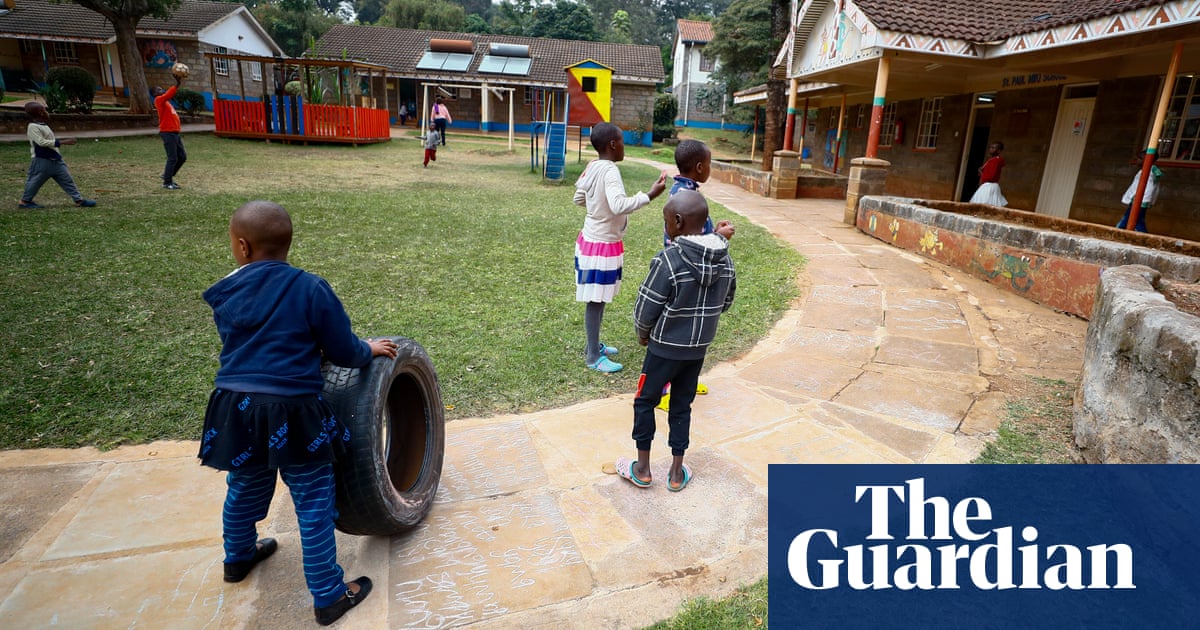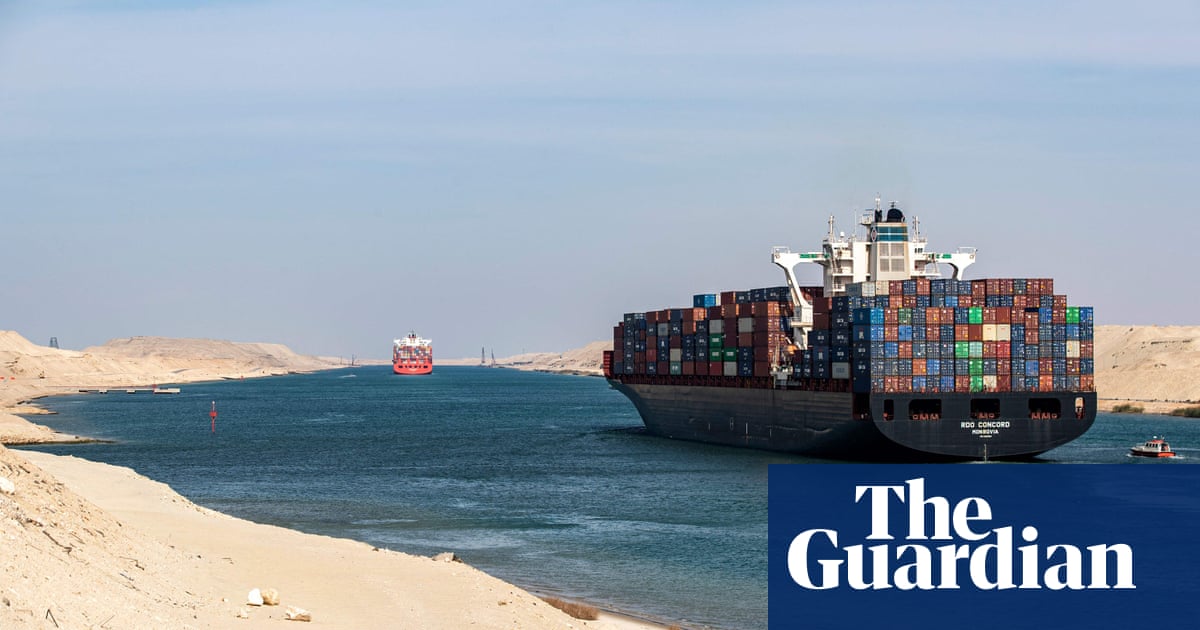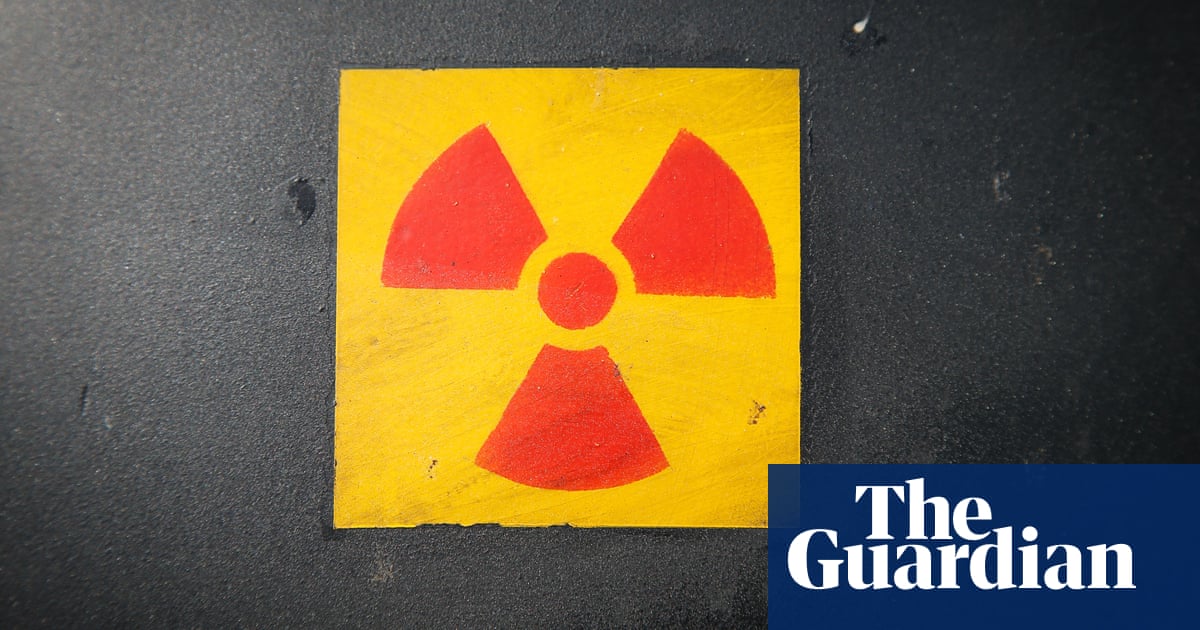
There seems to a consensus that the battle for Idlib province in northwest Syria will be the final one in the “Syrian War”, and the first step towards Syria’s recovery.
That could be true, but about how wars end, I would like to revisit an interesting true story I heard about the chauffeur of Field Marshall Ferdinand Foch, the Commander General of the Allied forces during WW1.
As the story goes, the villagers where Emile, the chauffeur, lived were suffering, like all the French, from the long devastating war. Counting the days and praying for an imminent end, their only source of news was none but the good old Emile. The poor villagers would wait for the day Emile arrived in the village on a short leave granted by the great General – as his rank was then. The moment he arrived, they would rush to his house and ask him what became the usual question: “Please Emile, has the General uttered a word about when this war would end?” To such question, Emile would give his usual short answer: “No, he has said nothing!”
The days passed, without any dramatic news until one day, the villagers were surprised when Emile replied: “Yes, yesterday the General spoke. He asked me: ‘Emile, when will this damned war end!’”.
Few, actually, can foresee how wars end. Many wars went on and on, and became ever more complicated, when conflicting interests intersected, alliances changed and the balance of powers between the combatants’ backers shifted.
Indeed, most of the events that the Arab East witnessed since the birth of its new entities in 1920, and more so since the end of WW2 in 1945 – when most of these entities became independent states – have left problems and causes for future conflicts.
The entities in what we call “The Fertile Crescent”, in particular, have become easy prey to, and an open arena for three regional powers (Israel, Iran and Turkey), behind which stand two global powers (the US and Russia). Ironically, the only player absent from this scene is the “landowner,” who should be the decision-maker. Yes. This absent player is the local people, some of whom have chosen to be so, when they decided to serve the interests of others, and put these interests above their own.
In the current critical period in the region’s history, political, military and demographic wars are raging, all of which are legacies being brought back from the past, when need be; either for emotional and combat mobilization, or to accord fake legitimacy to resurrect animosities, grudges, bloodshed, changing maps and displace populations.
In 1920, the borders were drawn for Iraq, Syria and Lebanon and within these entities, the political classes strived to achieve two connected goals: the first, to hold on to power; and the second, to build a “political culture” that served the positions of power which would suit their interests.
The first dominant political classes were political and tribal feudalism which emerged since 1920. Political and tribal feudal lords maintained their dominance up until the late 1930s, when the European plitical scene began to change as a result of the challenge posed by Nazi Germany and Soviet Russia to the two old mandatory powers in the region, i.e., Great Britain and France. Parallel to this changing scene in Europe, more so after the “Balfour Declaration” became known, a new political “polarization” appeared in the Arab East between pro-Nazi Germany and pro-British and French mandates, in addition, to the beginnings of Leftist movements.
The aforementioned “polarization” ended only after crushing the Rashid Ali Al-Gaylani in Iraq (1941), the defeat of Nazism (1945) and the creation of Israel (1948). The latter development was bound to change the national political landscape in the region, in favor of the military. In fact, the series of military coups in Syria began in 1949 and in turn, these ushered a marked shift in the balance of power in the West, too. The US emerged as the Western “superpower” at the expense of Great Britain and France, with the USSR, as a “rival pole” and heir to the old national and Christian Orthodox “moskovism” in the region; something that was later confirmed after the Suez Crisis in 1956.
Thus, by the early 1960s, the whole Arab East; indeed, the whole world, witnessed the birth of “Bi-Polar Superpower Politics” between the US and the USSR. Between “capitalism” and its ideological adversary... “socialism”.
In the meantime, a lot had changed in the Middle East. Ataturk’s secular Turkey which became a full member of NATO was now confronting its old enemy Russia, and being a member of CENTO (the former pro-West Baghdad Pact) it was pitted against the project of Arab Nationalism. The Pahlavi Shahs’ Iran which was also secular and pro-West, was also a member in CENTO. As for the previously “socialist” Israel, its political power gradually slipped away from Zionist socialist parties and powerful trade unions as broad coalitions of conservative biblical groups, former army generals and “money mafias” of new immigrants.
The end of “The Cold War” with the demise of the socialist Soviet alternative, gave rise to two strong trends throughout the world: The religious trend, and the nationalist – racist trend. The Arab world and Turkey were no exception, while Iran had witnessed that change earlier. The same happened later even in India, the world’s largest democracy, and the western democracies in Europe and the US, where voters rose against “globalization”, and sometimes, even against “secularism”!
Today, it would be useful to keep this background in mind, when we look at the stumbling “democratic” experiments in Iraq and Lebanon, which are virtually living under the military and intelligence sway of Iran’s “mullahs”, and the Russian-led “battle to finish off” Syria’s uprising.
It is also useful to notice Washington’s total silence towards what the current Likud leadership is doing in Israel, the ongoing conspiracy perpetrated against the Syrian people, the sinister and ambiguous relations between Washington and the two “Islamist” leaderships in Tehran and Ankara, and at the fragility of “Arab” entities which we had thought for a long time were “independent” and “homogeneous” and with populations truly wishing to peacefully coexist.












